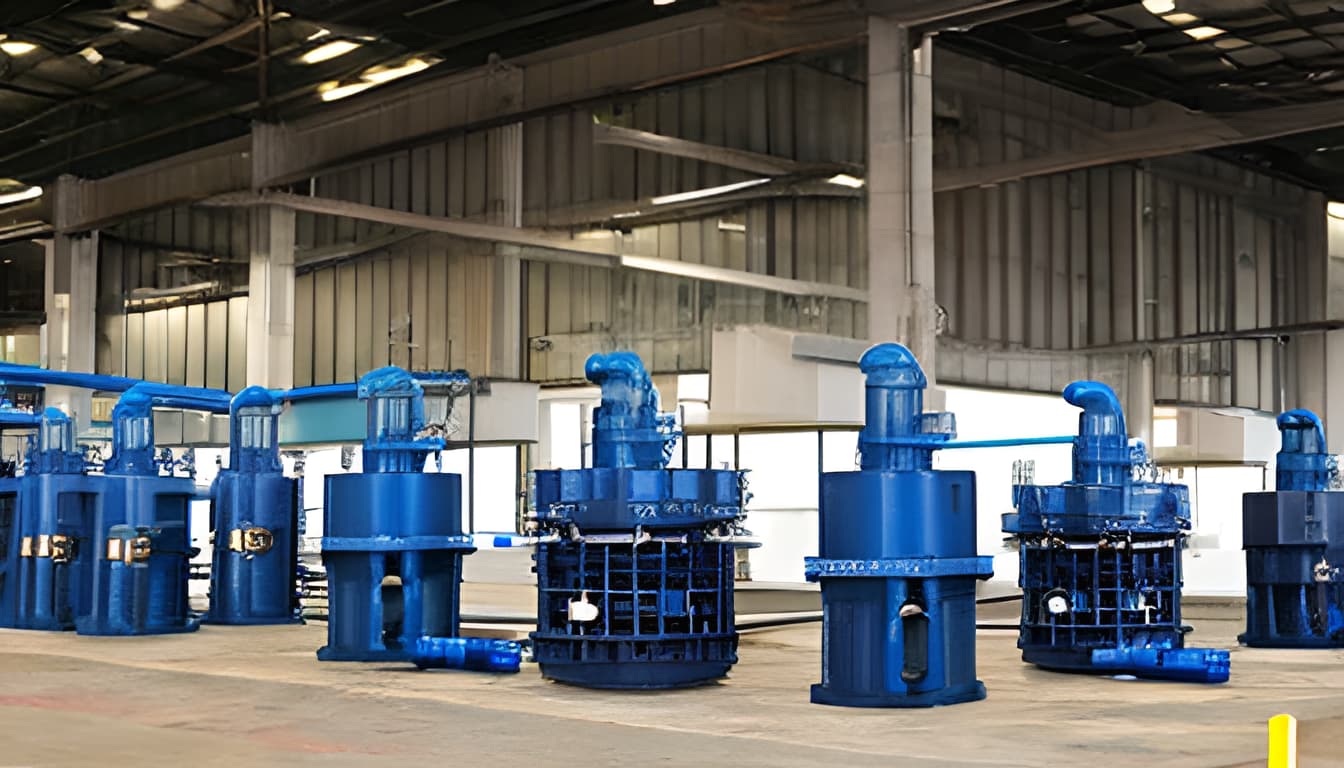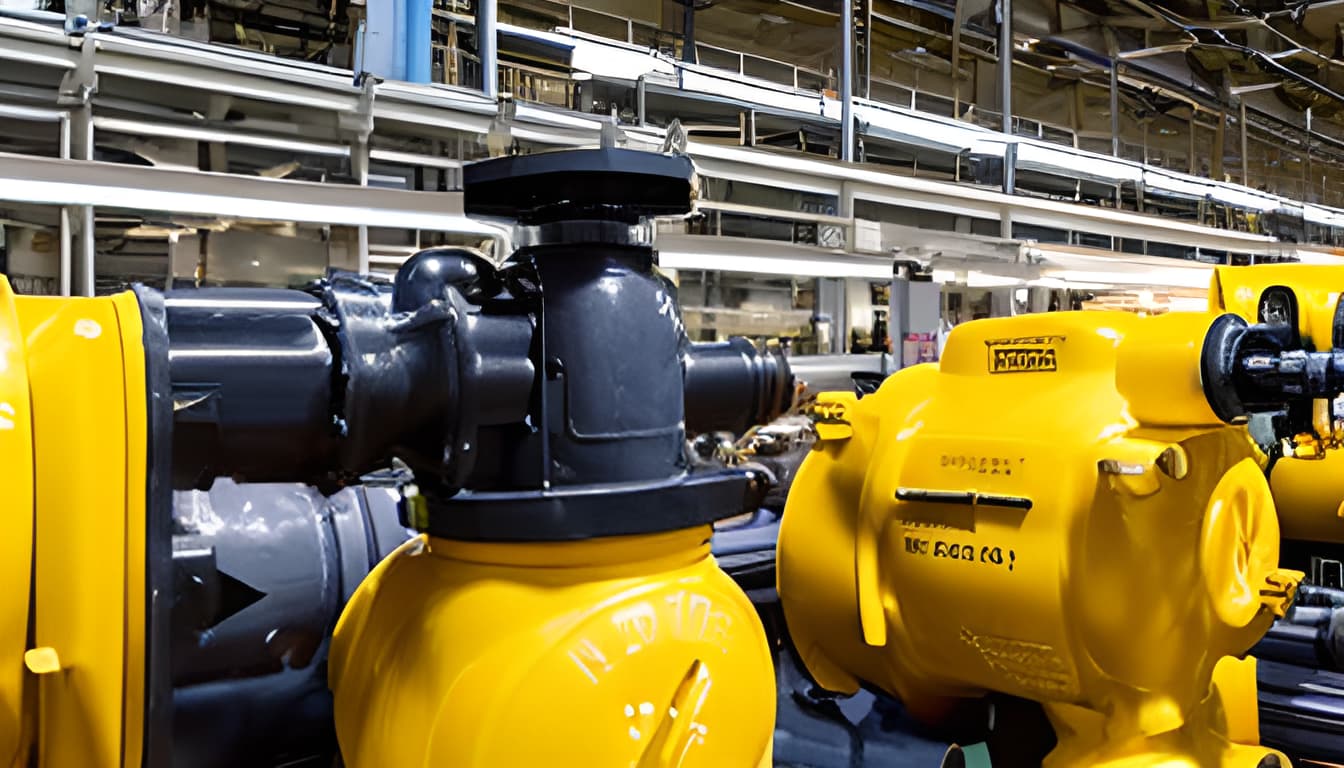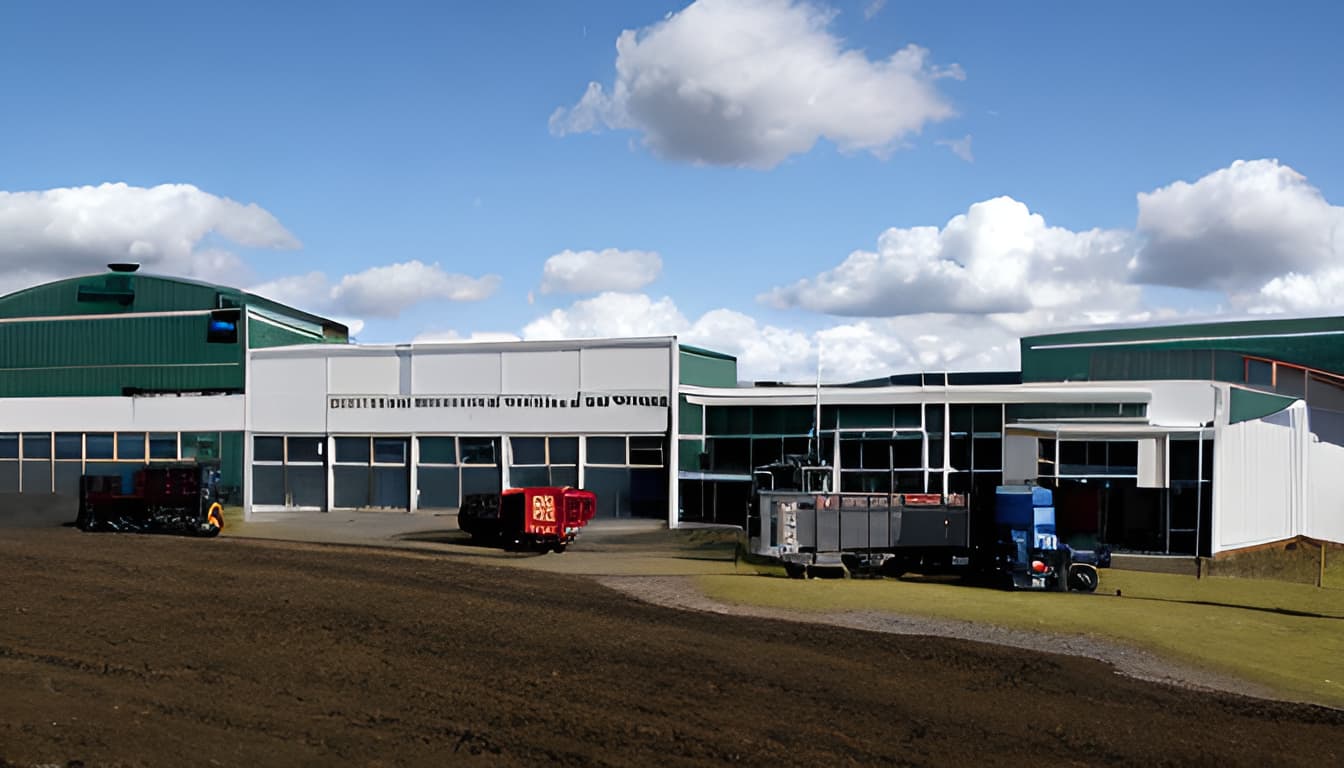Industrial processes are intricate and dynamic, often involving the precise regulation of fluids such as liquids, gasses, and steam. Ensuring that these processes run smoothly, efficiently, and safely is paramount. This is where Siemens control valves step in as unsung heroes, playing a vital role in industrial operations. In this blog post, we’ll delve into the world of control valves, exploring their significance, types, applications, and the pivotal role they play in various industries.
Understanding Control Valves
Control valves are at the heart of fluid regulation in industrial processes. At their core, control valves are devices designed to control the flow rate, pressure, and temperature of fluids. They act as the guardians of these critical parameters, ensuring that they remain within desired limits.
Control valves typically consist of three main components:
Valve Body: This is the housing that controls the passage of fluid. The design of the valve body is essential in determining how effectively the valve regulates flow.
Actuator: The actuator is responsible for moving the valve’s internal mechanism to adjust the flow. It responds to signals from the control system, allowing precise adjustments.
Positioner: The positioner fine-tunes the valve’s position based on feedback from sensors, ensuring accurate control.
Types of Control Valves
Control valves come in various types, each tailored to specific industrial applications. Here are some common types:
Globe Valves: These are versatile valves known for their precise control of flow rates. Globe valves are commonly used in applications where throttling is required.
Ball Valves: Ball valves are reliable and easy to operate. They provide quick shutoff and are often used in on/off applications.
Butterfly Valves: Known for their simple design and quick operation, butterfly valves are ideal for applications where fast control is necessary.
Diaphragm Valves: Diaphragm valves are excellent choices for handling corrosive or abrasive fluids due to their robust design.
Gate Valves: Gate valves offer full flow when open but provide tight shutoff when closed. They are commonly used in the oil and gas industry.
Applications of Control Valves
Control valves find applications across a spectrum of industries, contributing significantly to their efficiency and productivity:
Chemical Processing: Control valves regulate the flow of chemicals, ensuring precise dosing and preventing hazardous leaks.
Oil and Gas: In the extraction, refining, and distribution of oil and gas, control valves manage flow rates, pressure, and temperature to maintain safe and efficient operations.
Power Generation: Power plants rely on control valves to control the flow of steam and water, optimizing energy production and safety.
Water Treatment: Control valves play a pivotal role in water treatment plants, managing the flow of water and chemicals to ensure the delivery of safe drinking water.
Pharmaceuticals: The pharmaceutical industry utilizes control valves to maintain strict control over chemical processes, ensuring the quality of pharmaceutical products.
Importance of Precision and Accuracy
In industrial processes, precision and accuracy are non-negotiable. Small variations in flow rates, pressure, or temperature can have significant consequences. Control valves excel in providing the level of control required to meet these exacting standards.
Imagine a chemical plant where precise dosing of chemicals is essential to ensure the desired reaction. Control valves, with their ability to modulate flow rates with precision, play a critical role in achieving this goal, preventing wastage and ensuring product quality.
Challenges in Control Valve Selection and Operation
While control valves are indispensable, they present challenges, especially during selection and operation:
Harsh Environments: Many industrial settings expose control valves to harsh conditions, such as extreme temperatures and corrosive chemicals. Proper material selection is vital to withstand these conditions.
Cavitation and Erosion: In some applications, fluid flow can create cavitation and erosion, which can damage control valves over time. Proper valve design and maintenance are essential to combat these issues.
Calibration and Maintenance: Control valves require regular calibration and maintenance to ensure accurate performance. Neglecting maintenance can lead to inefficiencies and failures.
Innovations in Control Valve Technology
The world of control valves is not stagnant. It’s evolving alongside advances in technology. Smart control valves equipped with digital capabilities are becoming increasingly prevalent. These valves can communicate with control systems, providing real-time data on fluid conditions. This connectivity enables remote monitoring and predictive maintenance, reducing downtime and improving overall efficiency.
Conclusion
Control valves may operate silently in the background, but their impact on industrial processes is profound. They are the custodians of precision and accuracy, ensuring that critical parameters remain within the desired range. As industries continue to evolve, control valves will evolve with them, embracing innovative technologies to enhance their role in industrial operations. From chemical plants to power generation facilities, control valves are instrumental in maintaining the delicate balance of industrial processes, making them indispensable components of the modern industrial landscape.



